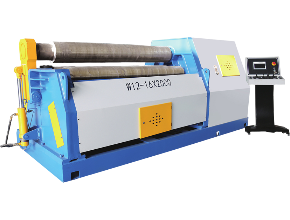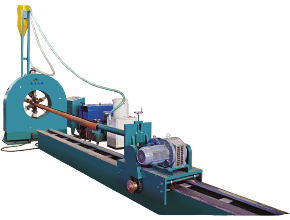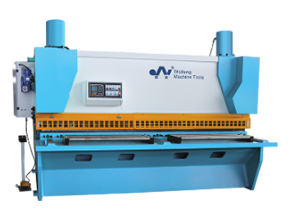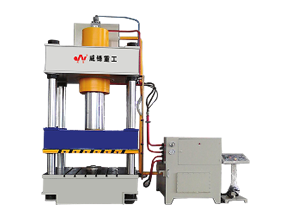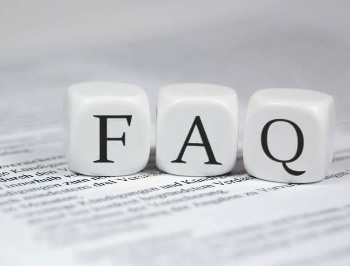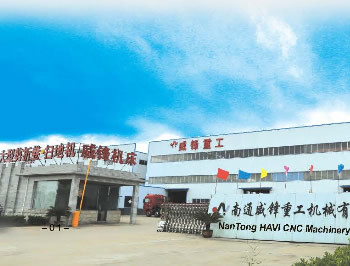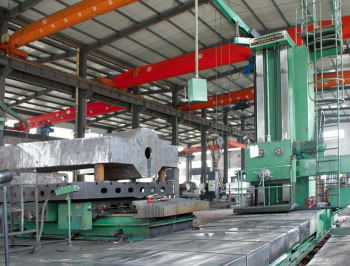How to Choose the Best Light Pole Welding Machine for Your Needs
Release Time:
2025-07-02
How to Choose the Best Light Pole Welding Machine for Your Needs
Table of Contents
- Understanding Light Pole Welding Machines
- Types of Light Pole Welding Machines
- Key Features to Consider in a Welding Machine
- Essential Specifications for Light Pole Welding Machines
- Top Brands and Models in Light Pole Welding Machinery
- Popular Welding Techniques for Light Poles
- Maintenance Tips for Longevity of Your Welding Equipment
- Frequently Asked Questions
Understanding Light Pole Welding Machines
Light pole welding machines play a crucial role in the manufacturing and repair of light poles used in various outdoor settings. These specialized machines are designed to ensure robust welding and long-lasting adherence of metal components. They can be leveraged for a range of applications, from street lighting to decorative lampposts. Selecting the right welding machine involves understanding the specific requirements of your projects, including the materials you'll be working with and the scale of your operations.
Types of Light Pole Welding Machines
When it comes to light pole welding machines, there are several types available, each catering to different welding techniques and material specifications.
MIG Welding Machines
MIG (Metal Inert Gas) welding machines are popular for their ease of use and versatility. They are particularly effective for light metals and provide strong welds with minimal cleanup.
TIG Welding Machines
TIG (Tungsten Inert Gas) welding machines offer precision and control, making them ideal for projects requiring high-quality finishes. They are suitable for thicker materials and intricate designs.
Stick Welding Machines
Stick welding, or SMAW (Shielded Metal Arc Welding), offers portability and affordability. These machines work well for outdoor applications, especially in windy conditions.
Multi-Process Welding Machines
For those needing flexibility, multi-process machines allow users to switch between MIG, TIG, and stick welding. This adaptability can be a significant advantage for workshops handling varied projects.
Key Features to Consider in a Welding Machine
Choosing the right light pole welding machine involves evaluating several critical features.
Welding Capacity
The welding capacity refers to the thickness of material the machine can handle. Ensure you select a machine that aligns with the thickness requirements of the light poles you will be working on.
Portability
Consider the weight and size of the welding machine. If you plan to work on-site, a portable option can enhance your efficiency and convenience.
Power Source
Welding machines can be powered by electricity, gas, or battery. Choose a power source that best fits your operational needs and available resources.
Duty Cycle
The duty cycle indicates how long a machine can operate before it needs to cool down. A higher duty cycle is essential for large projects or continuous work.
Essential Specifications for Light Pole Welding Machines
Understanding machine specifications can help you make a well-informed decision.
Voltage and Amperage
Evaluate the voltage and amperage settings. A machine with adjustable settings provides versatility, allowing you to cater to different materials and weld types.
Wire Feed Speed
For MIG welding, the wire feed speed is crucial. Faster speeds allow for quicker welding but may require more skill to manage effectively.
Cooling System
Look for machines with efficient cooling systems, especially if you anticipate prolonged use. Overheating can compromise performance and quality.
Safety Features
Safety should always be a priority. Opt for machines with built-in safety features, including automatic shut-off mechanisms and proper ventilation.
Top Brands and Models in Light Pole Welding Machinery
Investing in a reputable brand can enhance reliability and performance. Here are a few top brands known for their quality light pole welding machines:
Miller Electric
Miller Electric is renowned for its durable and high-performance welding machines. Their MIG and TIG models are widely used in the industry.
Lincoln Electric
Lincoln Electric offers a range of welding machines that cater to different needs, from beginner-friendly options to advanced professional models.
ESAB
ESAB is known for innovation and versatility. Their multi-process welding machines are particularly popular among professionals.
Hobart
Hobart's welding machines are designed for portability and ease of use, making them ideal for various projects, including light pole manufacturing.
Popular Welding Techniques for Light Poles
The choice of welding technique can significantly affect the quality and durability of the weld.
Fillet Welding
Fillet welding is commonly used in light pole assembly, joining two surfaces at a right angle. This technique is effective for creating strong joints on light poles.
Butt Welding
Butt welding involves aligning two pieces of metal edge to edge. This technique is often used for joining pipe sections of light poles.
Spot Welding
Spot welding is ideal for lightweight materials, providing fast and efficient connections. It’s often used in the assembly of light pole components.
Maintenance Tips for Longevity of Your Welding Equipment
Proper maintenance of your welding machine is essential to ensure longevity and optimal performance.
Regular Cleaning
Keep your machine clean from dust, debris, and spatter. Regular cleaning can prevent premature wear and ensure reliable operation.
Periodic Inspections
Conduct inspections for any signs of wear or damage. Addressing small issues promptly can prevent larger, more costly repairs.
Check Connections
Ensure all electrical connections are secure and free from corrosion. Poor connections can lead to inefficiencies and safety hazards.
Follow Manufacturer Guidelines
Always adhere to the manufacturer's maintenance schedule and recommendations. This ensures your machine remains in top condition.
Frequently Asked Questions
1. What size welding machine do I need for light pole fabrication?
The size of the welding machine you require will depend on the thickness of the materials you plan to work with. Typically, a machine with a capacity of at least 200 amps will suffice for most light pole applications.
2. Can I use a MIG welder for light pole welding?
Yes, MIG welding is a popular choice for light pole welding due to its speed and ease of use. It provides strong and clean welds on various metal types.
3. What safety equipment should I use during welding?
Essential safety equipment includes a welding helmet, gloves, flame-resistant clothing, and proper ventilation to protect against harmful fumes.
4. How often should I perform maintenance on my welding machine?
Regular maintenance should be conducted based on usage and manufacturer recommendations. Monthly or quarterly inspections are typically sufficient for most users.
5. Are there any eco-friendly welding options available?
Yes, some manufacturers are now producing machines that use less energy and produce fewer emissions. Additionally, using renewable energy sources can make your welding operations more sustainable.
Conclusion
Selecting the best light pole welding machine involves understanding your specific needs, evaluating the various types available, and considering essential features and specifications. By taking the time to assess your requirements and explore the top brands in the market, you can invest in a welding machine that enhances your productivity and ensures high-quality results. Whether you're engaged in large-scale manufacturing or smaller repair projects, choosing the right machine will ultimately lead to better efficiency and satisfaction in your welding endeavors.
Related News


